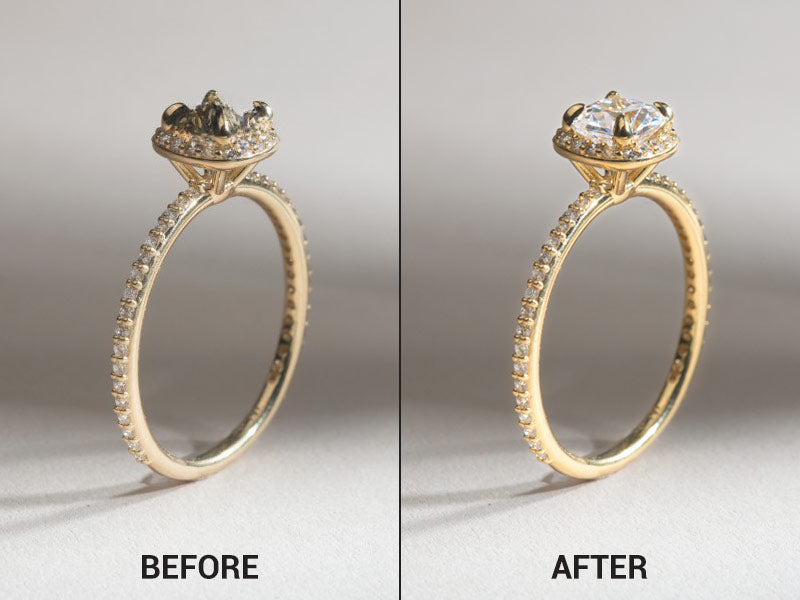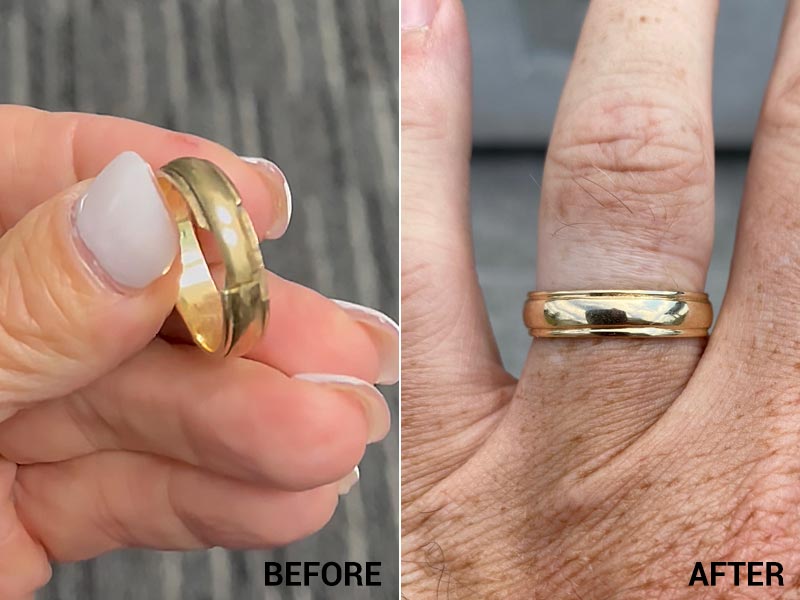Jewelry Warranty
Understanding the Difference Between Manufacturer's Defect and Wear and Tear
We at Concierge Jewelry Repair understand that jewelry is more than just an accessory; it is a reflection of your style and a symbol of special occasions. To protect your valuable investment, you need to distinguish between the manufacturer's defects and normal wear and tear. Here's what you should know:
Wear and Tear: The Effects of Time and Daily Use
While fine jewelry is made of long-lasting materials such as gold, platinum, and diamonds, it is not prone to the rigors of everyday life. Wear and tear is a natural result of wearing your jewelry over time. Here are some examples of common wear and tear:
01Surface Scratches
Over time, the surface of your jewelry may accumulate small scratches. These are typically superficial and can often be polished out during maintenance.
02Metal Wear
Continuous wear can lead to subtle changes in the shape and integrity of your jewelry. Bands may bend or show signs of wear, which is entirely normal.
03Stone Security
Prongs and settings, especially in delicate jewelry, might become loose as a result of daily activity. This can cause stones to become loose or, in some situations, fall out.

Manufacturer's Defect: Addressing Production Imperfections

Manufacturer's defects, on the other hand, are issues that are inherent in the manufacturing process and are often not obvious upon purchase. These defects might include the following:
01Structural Flaws
Such as a band separating from the ring head, or internal issues like pits and porosity that weaken the jewelry's structure.
02Prong and Setting Problems
Manufacturing defects may damage the integrity of prongs or settings, potentially compromising stone security.
03Early Manifestation
Most manufacturing defects become apparent shortly after you start wearing the jewelry, often within the first month.
Spotting the Difference: What You Need to Know
It is critical to distinguish between wear and tear and manufacturer's defects in order to extend the life of your jewelry. Consider the following key points:

Timing
Most manufacturing defects become apparent quickly, typically within the first month of wear, as structural issues compromise the jewelry's durability.

Prongs and Settings
Loose stones are more likely to be attributed to wear and tear, while manufacturing defects may affect the structural integrity of prongs and settings.

Routine Maintenance
Regular inspections and maintenance can be beneficial in addressing both wear and tear as well as potential manufacturing defects. We recommend having your jewelry tested once a year to guarantee it is in perfect condition.
Protecting Your Investment: Insuring Your Jewelry
Loss or permanent damage to your jewelry can be devastating. To safeguard your investment, consider these steps:

Annual Inspection
Have your wedding band and engagement ring inspected for loose prongs and damage once a year. Many jewelers, including Concierge Jewelry Repair, offer this service free of charge.

Prompt Repairs
If you notice any issues, such as a bent ring or a shifting center stone, cease wearing the jewelry immediately and seek professional repair. Continuing to wear damaged jewelry can lead to irreparable harm.

Insurance
Consider insuring your fine jewelry, particularly your engagement and wedding rings. Loss or substantial damage is common in the first two years of use. Taking precautions can give you peace of mind.
Remember that proper care and maintenance are required to ensure that your jewelry stays a treasured part of your life's journey. Please contact us if you have any questions or concerns pertaining to your jewelry. We are here to help you preserve the beauty and significance of your pieces for years to come.


